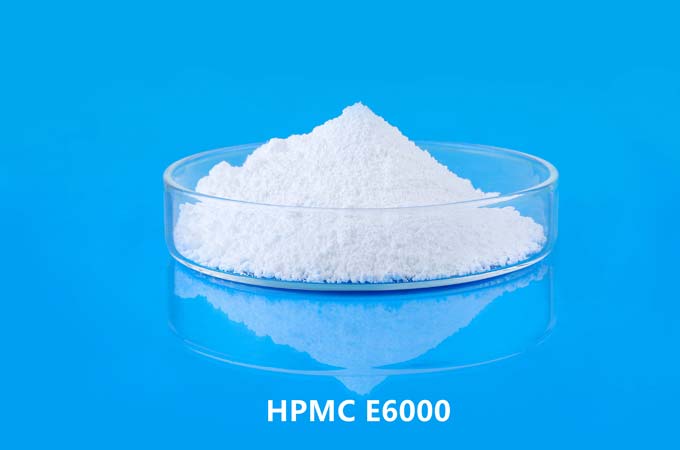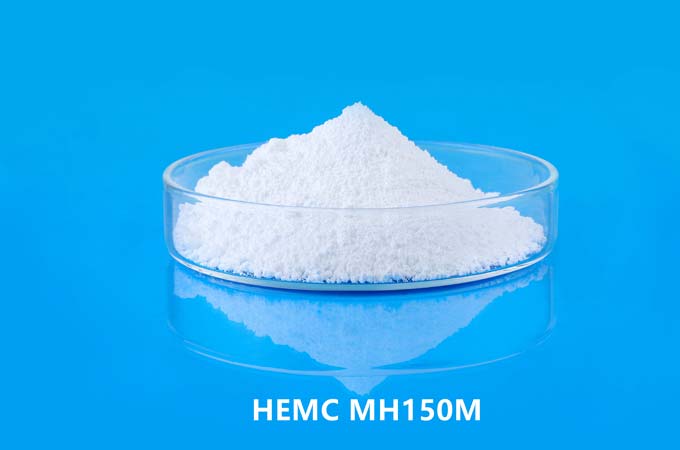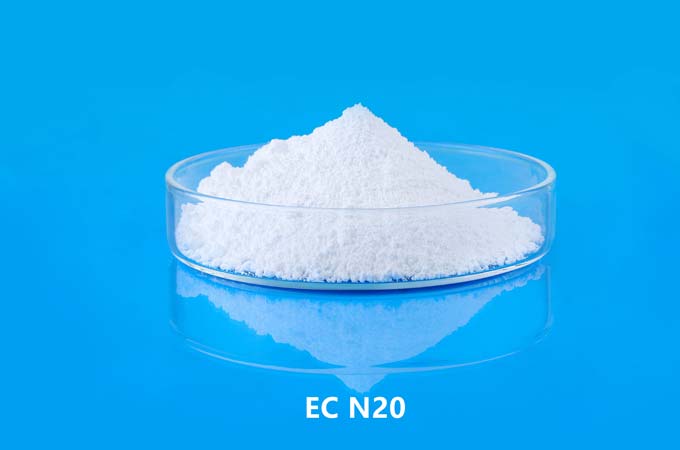Hydroxypropyl Methylcellulose (HPMC) is a versatile compound widely used in the construction industry. It belongs to the family of cellulose ethers, which are derived from natural polymers. HPMC finds extensive application in various construction processes due to its unique properties, including water retention, thickening ability, workability enhancement, and adhesion promotion.
1. Introduction to HPMC:
HPMC, also known as hypromellose, is synthesized from cellulose, a naturally occurring polymer found in plants. It is produced by treating cellulose with propylene oxide and methyl chloride. The resulting compound has a unique combination of properties that make it suitable for a wide range of applications, including pharmaceuticals, food, cosmetics, and construction.
2. Properties of HPMC:
Water Retention: One of the key properties of HPMC is its ability to retain water. In construction applications, this property helps to prevent rapid drying of materials such as mortars, grouts, and cement-based products. By maintaining adequate moisture levels, HPMC ensures proper hydration of cementitious materials, leading to improved strength and durability of the final structure.
Thickening: HPMC acts as a thickening agent when mixed with water, forming viscous solutions. This property is beneficial in mortar and plaster formulations, where it helps to control the consistency and workability of the mixture. By adjusting the concentration of HPMC, contractors can achieve the desired rheological properties required for specific applications.
Workability Enhancement: HPMC improves the workability of construction materials by reducing friction between particles and enhancing flow characteristics. This property is particularly advantageous in applications such as tile adhesives, where smooth and easy application is essential for proper bonding and alignment.
Adhesion Promotion: HPMC improves the adhesion of construction materials to various substrates, including concrete, wood, and ceramics. By forming a thin film on the surface, HPMC promotes bonding and prevents delamination or detachment of coatings, tiles, and other finishes.
Chemical Stability: HPMC is chemically stable under a wide range of environmental conditions, including exposure to UV radiation, temperature variations, and moisture. This stability ensures the long-term performance of construction materials containing HPMC, even in harsh outdoor environments.
3. Applications of HPMC in Construction:
HPMC finds numerous applications in the construction industry, primarily in the formulation of building materials and products. Some of the key applications include:
Mortars and Plasters: HPMC is commonly used as a thickening and water-retention agent in mortar and plaster formulations. It improves workability, reduces sagging, and enhances the adhesion of these materials to substrates.
Tile Adhesives and Grouts: HPMC is an essential ingredient in tile adhesives and grouts, where it acts as a rheology modifier and adhesion promoter. It ensures proper bonding of tiles to substrates and prevents water infiltration through grout lines.
Self-Leveling Compounds: HPMC is added to self-leveling compounds to control viscosity and flow properties. It helps to achieve smooth and even surfaces without the need for extensive manual leveling or finishing.
Exterior Insulation and Finish Systems (EIFS): HPMC is used in EIFS formulations to enhance adhesion, weather resistance, and workability. It improves the bond between insulation boards and base coats, ensuring long-term performance and durability.
Cementitious Renders and Coatings: HPMC is incorporated into cementitious renders and coatings to improve workability, crack resistance, and adhesion. It helps to maintain uniform consistency and prevents the segregation of aggregates during application.
Gypsum Products: HPMC is added to gypsum-based materials such as plasters, joint compounds, and wallboard coatings to enhance workability and water retention. It improves the surface finish and reduces the risk of shrinkage cracking.
4. Benefits of Using HPMC in Construction:
The widespread adoption of HPMC in the construction industry can be attributed to several benefits:
Improved Workability: HPMC enhances the workability of construction materials, making them easier to mix, apply, and finish. This results in higher productivity and reduced labor costs during construction.
Enhanced Durability: By improving the hydration and bonding of cementitious materials, HPMC contributes to the long-term durability and performance of structures. It helps to mitigate issues such as cracking, delamination, and water damage.
Consistent Quality: The use of HPMC ensures consistent quality and performance of construction materials, regardless of variations in raw materials or environmental conditions. This reliability is crucial for achieving uniform results across different projects.
Versatility: HPMC is compatible with a wide range of construction materials and additives, allowing contractors to customize formulations according to specific project requirements. Its versatility makes it suitable for various applications in both residential and commercial construction.
Environmental Sustainability: HPMC is derived from renewable resources and is biodegradable, making it an environmentally sustainable choice for construction applications. It minimizes the environmental impact of construction activities without compromising performance or quality.
5. Challenges and Considerations:
Despite its numerous benefits, the use of HPMC in construction also presents some challenges and considerations:
Compatibility Issues: HPMC may exhibit compatibility issues with certain additives or admixtures commonly used in construction materials. Contractors should conduct compatibility tests to ensure proper formulation and performance.
Optimal Dosage: Achieving the desired properties with HPMC requires careful control of dosage levels and mixing procedures. Over- or under-dosing can lead to undesirable effects such as poor workability, excessive shrinkage, or reduced bond strength.
Quality Assurance: The quality and consistency of HPMC products can vary depending on factors such as manufacturing processes, raw materials, and storage conditions. Contractors should source HPMC from reputable suppliers and adhere to strict quality control measures.
Regulatory Compliance: Construction materials containing HPMC may be subject to regulatory requirements and standards, particularly regarding health, safety, and environmental considerations. Contractors should ensure compliance with applicable regulations and guidelines.
Cost Considerations: While HPMC offers significant performance benefits, its use may entail higher material costs compared to conventional additives. Contractors should evaluate the overall cost-effectiveness of incorporating HPMC into construction projects.
Hydroxypropyl Methylcellulose (HPMC) plays a crucial role in the construction industry, offering a wide range of benefits including water retention, thickening, workability enhancement, and adhesion promotion. Its unique properties make it a versatile additive for various construction materials and applications, from mortars and plasters to tile adhesives and exterior finishes. While the use of HPMC presents certain challenges and considerations, its widespread adoption underscores its importance in modern construction practices. By understanding the properties, applications, and best practices associated with HPMC, contractors can optimize the performance and durability of construction materials, ultimately contributing to the success of construction projects.
 English
English 日本語
日本語 français
français Deutsch
Deutsch Español
Español italiano
italiano русский
русский português
português العربية
العربية Türkçe
Türkçe Nederland
Nederland



